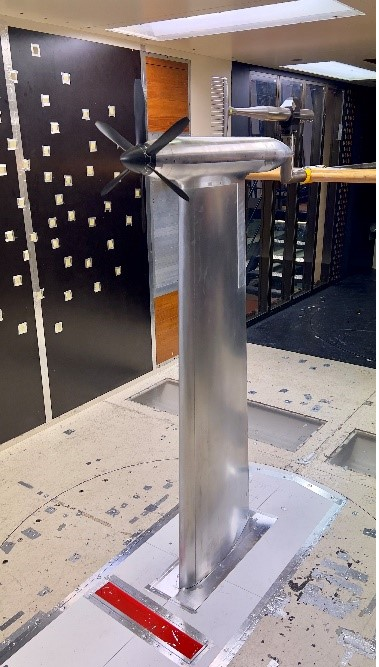WP2: Requirements Specification & Design Methodology
Highlights Summary
- An open reference for Top Level Aircraft Requirements and context for Hybrid Electric Aircraft, including reference missions.
- A methodology for Figures of Merit, which include aircraft performance, emissions, and airline desirability.
- A conventional reference aircraft for year 2040, allowing benchmarking.
Main Results / Significant Achievements
The open top level aircraft requirements, reference missions, figure of merit and Y2040 reference aircraft allow the community to compare developments and results consistently. The set-based design methodology enables a deep and fast exploration of the design space, uncovering new questions and enabling opportunities.
Problems resolved
Recent research has brought significant improvements to aerospace design methodologies:
1. Streamlining Benchmarking :
Open reference requirements, reference missions, and the Y2040 aircraft enable cross-benchmarking, overcoming the complexity of diverse configurations and design requirements.
2. Probabilistic Design Exploration :
A new methodology based on Bayesian reasoning and surrogate models allows for probabilistic exploration, uncovering valuable design opportunities and overcoming limitations of traditional methods.
3. Accelerated Design Space Exploration :
The research achieves an 80% increase in design space exploration efficiency, surpassing existing systems engineering methodologies and enabling faster decision-making.
4. Unveiling Key Design Considerations:
Researchers can now explore critical questions, such as the benefits of energy management strategies, the impact of battery degradation, the influence of electric motors on propeller performance and noise, and trade-offs between energy density, battery degradation, and safety.
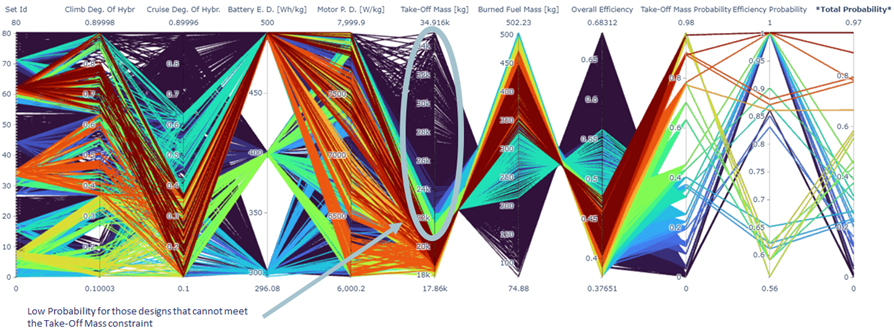
Useful links:
https://doi.org/10.3390/aerospace8030061
https://doi.org/10.3390/aerospace9030147
https://arc.aiaa.org/doi/10.2514/6.2023-0837
WP3: Aircraft energy system analysis
Highlights Summary
- Demonstrated hybrid electric propulsion with various configurations and energy storage.
- Developed models and simulations for aircraft performance analysis.
- Created a new battery modeling methodology.
- Developed turboprop engine models.
- Conducted wind-tunnel experiments for propeller aerodynamics.
- Implemented simulations for understanding propeller behavior in different thrust regimes.
- Developed models for propeller-wing interactions.
- Created sizing data and models for electric machines in hybrid-electric propulsion.
- Investigated the impact of electric machine and propeller coupling on aircraft noise and performance.
- Employed aerodynamic optimization for energy efficiency.
- Developed an MBSE tool for integrating electric machines and batteries.
Main Results / Significant Achievements
The most important results from WP3 include:
1. Integrated Performance Tool:
A tool was developed to assess the impact of component interactions on aircraft missions. This tool provides insights into system performance and helps optimize design decisions.
2. Rapid Battery Pre-Design:
A novel approach enabled the rapid pre-design of batteries, considering various constraints such as thermal, aging, safety, and casing weight. This allows for efficient battery sizing and design.
3. Propeller Operation in Negative Thrust Regime:
The study of propellers operating in the negative thrust regime revealed changes in noise levels and directionality. It was found that conventional propellers can harvest energy in this regime but with limitations due to separation on positively cambered blade sections.
4. Promising Technologies for Aircraft:
A selection process identified the most promising technologies for the aircraft case study, including batteries, power electronics, electric motors, and thermal management systems (TMS). This ensures optimal system performance and addresses the challenges of heat dissipation in hybrid-electric aircraft.
5. Turboprop Engine Analysis:
Development of turboprop engine models allowed for detailed analysis of design and off-design performance. Turbomachinery sizing was also conducted to optimize the engine for hybrid-electric propulsion systems.
6. Electric Machine Sizing Trends:
Insights were gained into electric machine sizing trends when considering aircraft-specific constraints. The sizing models developed in WP3 help understand the relationship between machine capabilities and aircraft propulsion system characteristics.
7. Integration of Electric Machine and Propeller:
The integration and analysis of electric machines and propellers were performed, considering their interaction and impact on system performance. Model-Based Systems Engineering (MBSE) was proposed as a methodology to streamline the design and integration process.
8. Connecting MBSE with Sub-System Modeling:
Explorations were made to connect MBSE with existing simulation and modeling of sub-systems. This integration ensures that stakeholder needs are met, and system effectiveness is achieved.
Problems resolved
Research findings in WP3 address key challenges in battery pack design, emphasizing the need to consider safety and lightweight casing. Novel thermal management system architectures were developed to efficiently dissipate heat from electrical-propulsion equipment while minimizing impacts on aircraft performance. Propeller research confirmed the energy-harvesting capability during descent and advanced analysis techniques improved understanding of propeller aerodynamics. These findings streamline the selection and design of electric machines for hybrid-electric aircraft propulsion, facilitating informed design decisions for optimal performance.
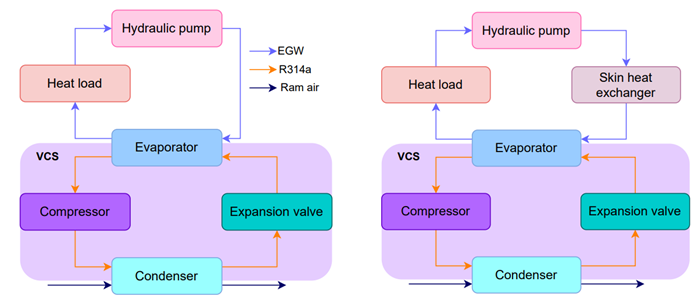

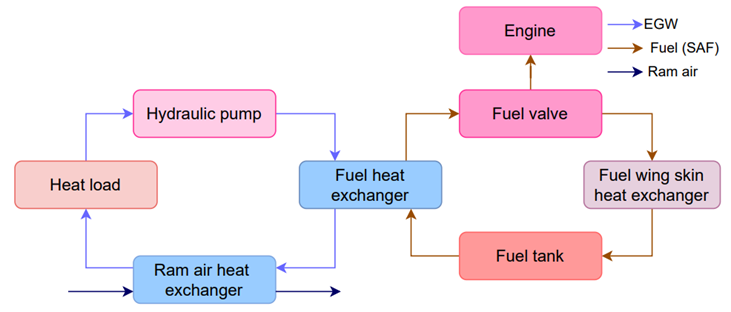
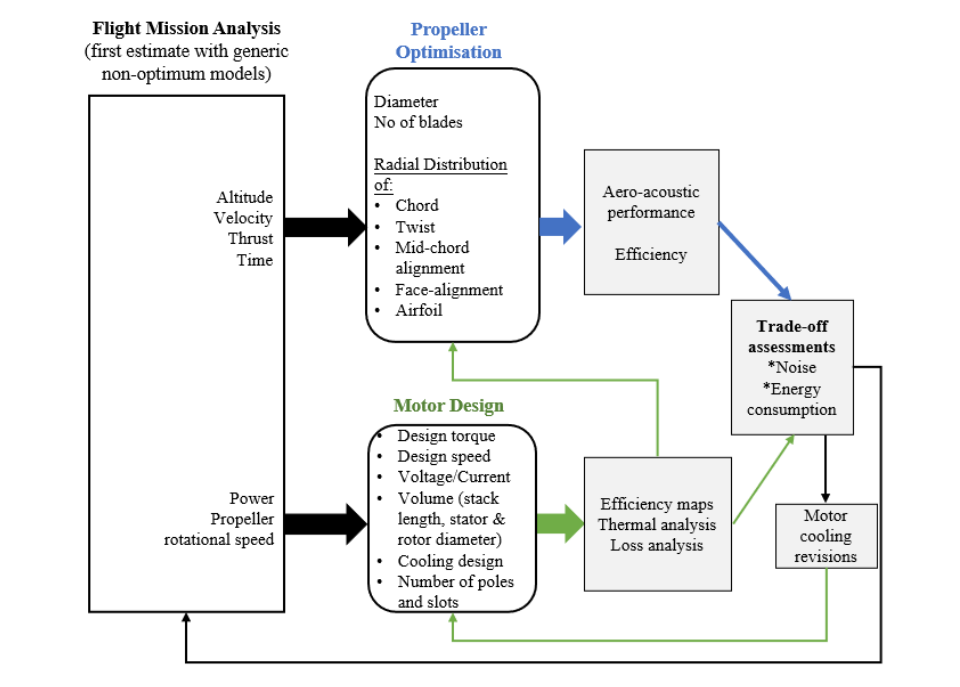
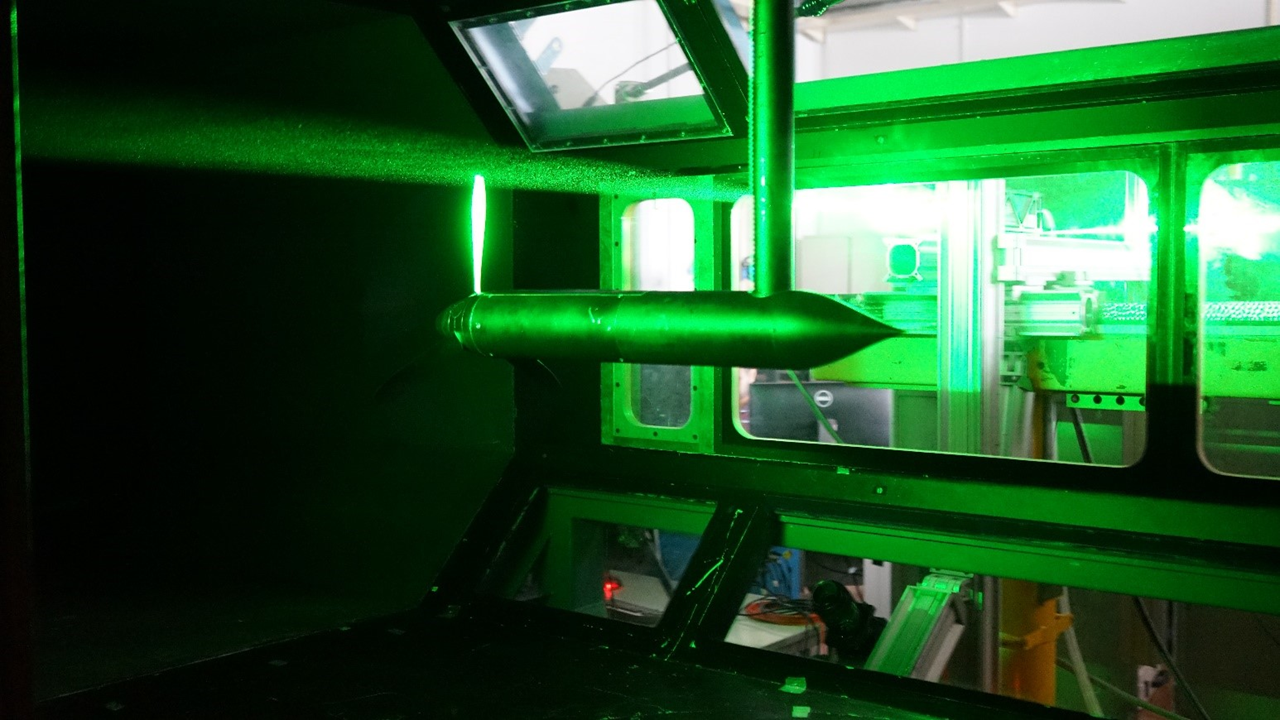
Useful links:
https://doi.org/10.1016/j.applthermaleng.2023.120427
https://doi.org/10.3390/aerospace10020113
https://doi.org/10.1088/1757-899X/1226/1/012062
https://doi.org/10.1088/1757-899X/1024/1/012075
https://scholar.tecnico.ulisboa.pt/records/11Mt3DJzNZI0d28R_Y6GDtA5rl7W234443Zf)
https://arc.aiaa.org/doi/abs/10.2514/6.2023-2133
WP4: Aircraft level (architecture) analysis
Highlights Summary
- Ten different hybrid-electric aircraft architectures were explored, considering their feasibility for entry-into-service.
- A down-selection process identified the most promising propulsion architecture.
- Detailed analyses were conducted on the aircraft and subsystem level, including space allocation, safety analysis, and performance evaluation.
- Aircraft performance was modeled using an enhanced version of the publicly available SUAVE tool by FUTPRINT50.
- Through iterative sweeps, a final parameter set for the aircraft was determined.
Main Results / Significant Achievements
The research conducted in WP4 has revealed important insights regarding hybrid-electric aircraft design. Here are the key findings:
1. Design Flexibility:
Hybrid-electric technology opens up a whole new realm of design possibilities, offering more options compared to traditional or all-electric aircraft. This allows for tailored design decisions based on specific goals and high-level requirements.
2. Interdependence of Hybridization:
The degree of hybridization and the utilization of different energy sources during flight are closely interconnected. Decisions regarding power hybridization and energy source selection have a significant impact on the overall aircraft design.
3. Battery Optimization:
The chosen parallel-hybrid powertrain emphasizes the importance of minimizing battery usage, particularly in short, high-power scenarios. To fully exploit the potential of hybrid-electric systems, further advancements in battery technology are crucial. This would enable extended battery usage across different flight phases and increase overall power hybridization.
4. Space Allocation and Safety:
Through thorough analysis, it has been determined that the additional systems required for hybrid-electric aircraft can be effectively accommodated within a competitive airframe. Furthermore, the study identified several synergies between subsystems that can be utilized to enhance overall performance and efficiency.
Problems resolved
Significant progress has been achieved by integrating mid-fidelity surrogate models for various components such as batteries, thermal management systems, electric motors, gas turbines, and propellers. This integration enables valuable insights into the state of health and durability of batteries, among other factors. As a result, it becomes possible to model the performance of aircraft with intricate powertrain configurations in a more comprehensive manner. Looking ahead, this advancement holds promise for designing environmentally friendly aircraft by considering the interactions between subsystems and leveraging detailed component-level information.
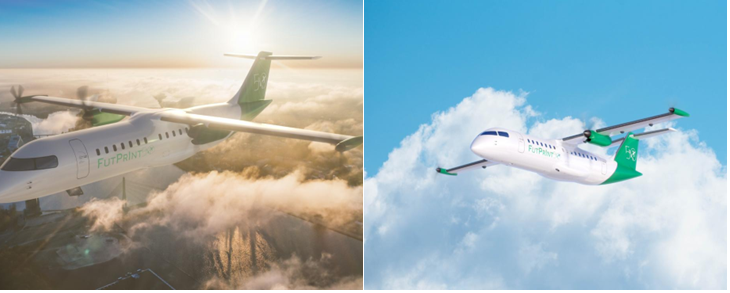
SUAVE, an aircraft design environment at the conceptual level, possesses the capability to analyze and optimize designs, both conventional and unconventional. This unique ability stems from its ability to draw analysis information from various sources, setting it apart from other software tools that rely on fixed empirical correlations and handbook approximations for aircraft conceptual design. SUAVE, on the other hand, offers a framework that empowers the design of aircraft incorporating advanced technologies, enhancing correlations with physics-based methods.
Useful links:
https://github.com/FutPrInt50/SUAVE
https://futprint50.eu/Data_Files.zip
https://futprint50.eu/Open_Source_Aircraft.zip
WP5: Technology Validation & Roadmap
Highlights Summary
- Experimental results for propeller-wing integration and battery safety
- Roadmap for 50 PAX Hybrid-Electric Regional
- Open tools for aircraft design and exploration
Main Results / Significant Achievements
The key findings from WP5 can be summarized as follows:
1. Experimental insights on propeller-wing interactions:
Through wind tunnel experiments, we gathered valuable data on how propellers mounted on wings affect aircraft performance. This data will be made publicly available to researchers, contributing to a better understanding of propeller propulsion integration.
2. Advancements in battery safety:
Experiments were conducted to test the durability of battery module casings during thermal runaways. The results helped develop a robust casing model, ensuring the safety of battery systems in high-pressure and high-temperature situations.
3. Roadmap for hybrid-electric regional aircraft:
A comprehensive roadmap was created, outlining the necessary technologies and projects for achieving hybrid-electric regional aircraft. This roadmap considers integration challenges and design requirements and was shared with relevant authorities and the public through an interactive web platform.
4. Open tools for aircraft design and exploration:
An interactive web interface was developed, allowing designers to visualize and explore various aspects of aircraft design, including energy management strategies and component characteristics. This tool enhances the understanding of trade-offs and facilitates more informed design decisions.
Problems resolved
New knowledge and collected valuable data to improve the design and integration of propellers, which helps in developing accurate models was gained. Similarly, data to enhance the safety packaging of batteries, making it more cost-effective to integrate them into aircraft systems was gathered.
The roadmap created provides a clear path for technology development towards the goal of introducing a 50-passenger hybrid-electric aircraft by around 2040. It shows how different elements are connected and establishes links with other initiatives, fostering discussions on technology advancements.
Additionally, the available tools for aircraft exploration and design by developing a specialized open integration tool for hybrid-electric aircraft was expanded. This web application seamlessly integrates research codes, offers interactive visualization of multi-dimensional data, and provides a user-friendly interface with powerful analytical methods. These tools support technology road-mapping, strategic planning, and forecasting in the field of hybrid-electric aviation.

